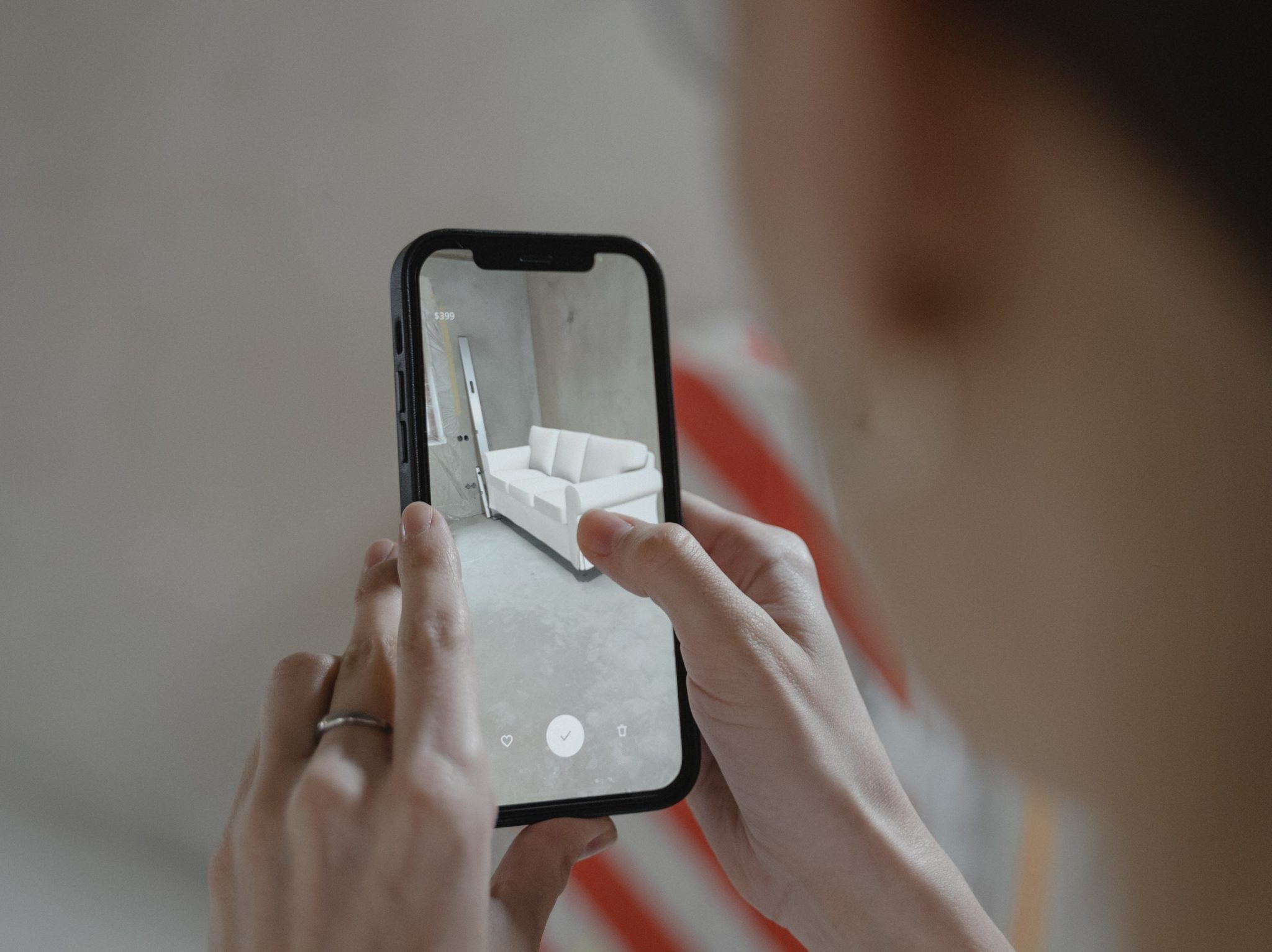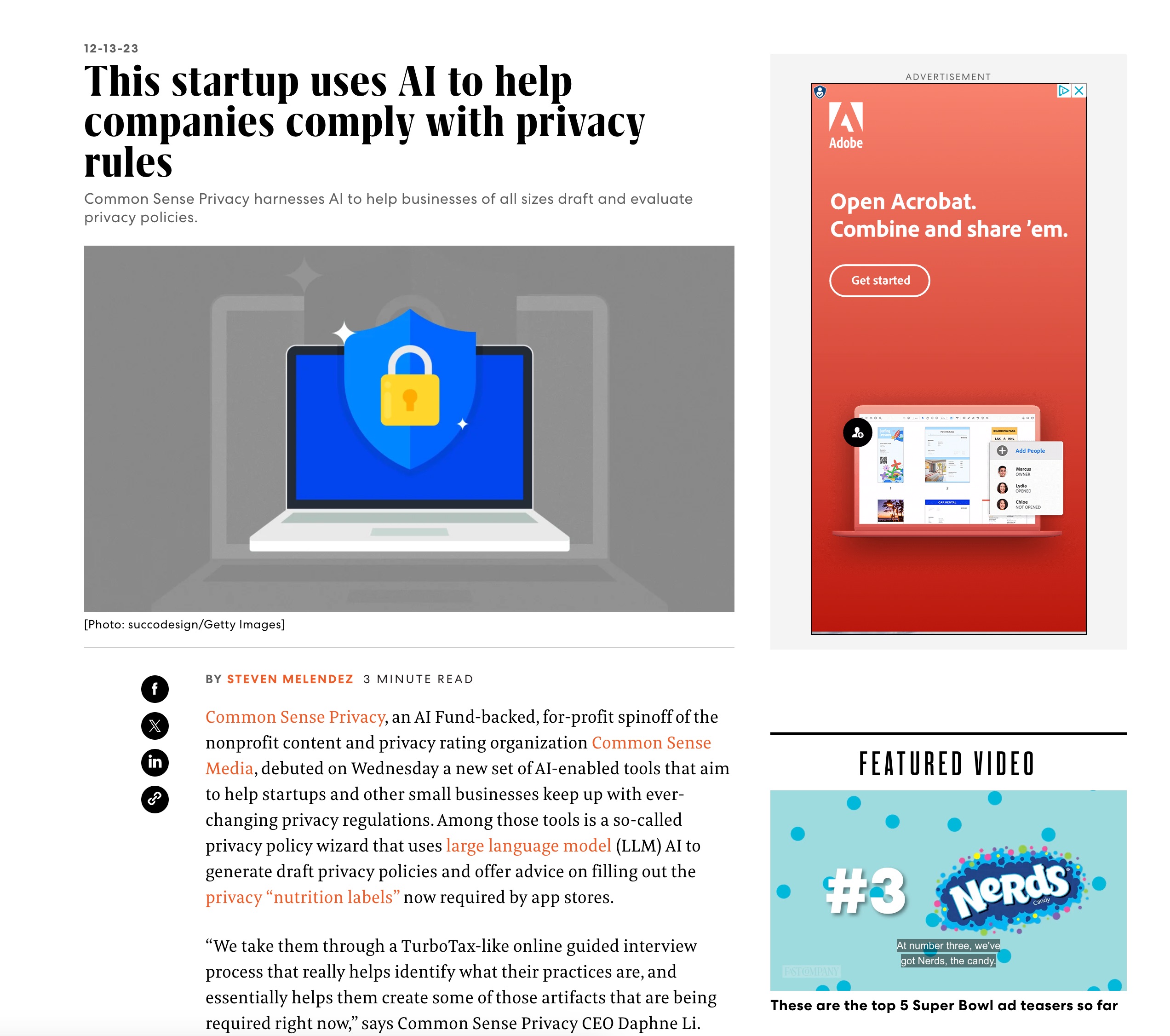
So far in 2024, User Experience (UX) design has been evolving to meet the growing expectations of users and the rapidly changing technological landscape. As digital experiences become increasingly integral to our daily lives, UX designers are focusing on creating more intuitive, personalized, and immersive interactions. Here are the key UX design trends shaping the industry in 2024.
Personalization and Predictive UX
Personalization continues to be a significant trend in UX design, but in 2024, it’s moving beyond simple recommendations. Designers are leveraging AI and machine learning to create more predictive and personalized experiences. This involves anticipating user needs and providing proactive suggestions or actions based on past behavior and preferences. For instance, apps and websites are increasingly tailoring content, layouts, and functionalities to individual users in real-time, creating a more engaging and seamless experience.
Voice and Conversational Interfaces
With the growing adoption of smart speakers and voice assistants, voice user interfaces (VUIs) are becoming a key focus in UX design. In 2024, more websites and applications are integrating voice functionality, allowing users to interact with digital products through spoken commands. This trend is driven by the desire for more natural and efficient user interactions, especially on mobile and smart devices. Additionally, interfaces like chatbots and AI-driven customer support are becoming more sophisticated, offering human-like interactions and resolving user issues more effectively.
Immersive Experiences with AR and VR
Augmented Reality (AR) and Virtual Reality (VR) are no longer just buzzwords in the UX field; they are becoming integral to creating immersive digital experiences. In 2024, UX designers are increasingly incorporating AR and VR elements to enhance user engagement, particularly in sectors like retail, real estate, education, and gaming. For example, AR is being used to provide virtual try-ons for clothing or furniture placement, while VR offers immersive virtual tours and training simulations. This creates more interactive and engaging experiences that blur the line between the digital and physical worlds.
Micro-Interactions and Micro-Animations
Micro-interactions and micro-animations are subtle design elements that provide feedback, guide users, or create a sense of delight within a digital product. In 2024, these small design details are becoming more prominent as designers recognize their power to enhance user experience. They can make the interface feel more alive and responsive, improving usability and engagement. For example, a simple animation when a user adds an item to a shopping cart or a subtle color change when a button is clicked can make the experience more satisfying. The key is to use these elements judiciously to support the user journey without overwhelming or distracting them.
Sustainable and Ethical Design
As awareness around digital well-being and sustainability grows, UX designers are increasingly focused on ethical design practices. In 2024, there is a greater emphasis on creating digital products that are not only user-friendly but also mindful of users’ mental health and privacy. This involves designing less intrusive interfaces, reducing screen time, and avoiding dark patterns—design techniques that manipulate users into taking unintended actions. Additionally, there is a trend towards designing more energy-efficient websites and apps, reducing their carbon footprint by optimizing performance and minimizing unnecessary data loads.
Accessibility and Inclusive Design
Accessibility and inclusivity remain at the forefront of UX design trends in 2024. Designers are making concerted efforts to create experiences that are accessible to all users, regardless of their physical or cognitive abilities. This involves adhering to web accessibility standards, using inclusive language, and ensuring that digital products are usable with assistive technologies such as screen readers. There is a growing trend towards designing for neurodiversity, recognizing that users may have different ways of processing information. By focusing on inclusive design, companies can reach a broader audience and provide a better user experience for everyone.
Neumorphism and Minimalistic Aesthetics
Neumorphism, a design trend that blends skeuomorphism and flat design, continues to gain popularity in 2024. It uses soft shadows and highlights to create a sense of depth and realism, making digital elements look tactile and interactive. Minimalistic design also remains a strong trend, focusing on simplicity, clarity, and usability. Designers are stripping away unnecessary elements and using clean, functional layouts to enhance the user experience. The emphasis is on intuitive navigation, ample white space, and a strong visual hierarchy to guide users through their digital journey.
2024 UX design trends focus on personalization, immersion, and ethical design practices, driven by technological advancements and evolving user expectations. By staying ahead of these trends, designers can create digital experiences that are not only functional and engaging but also inclusive and sustainable, catering to a diverse and conscious user base.



